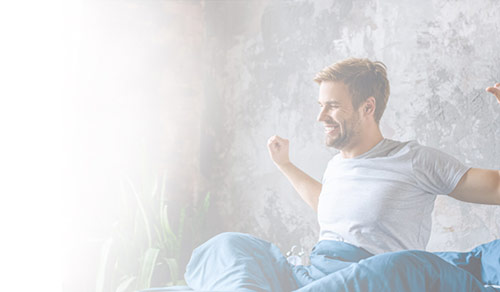
STOP allergies messing with your sleep!
Spring has officially sprung, and while that means warmer weather and longer days it can also mean sneezing and itchy eyes. Many can just take a Claritin and call it a day. This is not always the case for people with Obstructive Sleep Apnea (OSA), where breathing at night is already a struggle.
While you may be tempted to stop using your PAP device all together until your allergies subside, you will miss out on the benefits of therapy in those days, weeks or even months you go without. With a few adjustments you can use your PAP therapy in a way that will help with your allergy symptoms instead of being a hinderance to a good night sleep.
Here are a few suggestions:
- Say goodbye to dry.
If you don’t already, try using a humidifier and heated tubing with your PAP. The extra moisture will assist in preventing that dry itchy feeling which causes sneezes.
- Switch for the season.
While you may have no problems breathing only from your nose during the rest of the year even slight congestion might turn you into a mouth breather. Switching from nasal or nasal pillow mask to a full-face mask during allergy season will mean that you are always getting enough air pressure to keep your airways open no matter how you are breathing.
- Clear it first.
Can’t live without your nasal or nasal pillow mask but congestion is making it uncomfortable and ineffective? Try spraying a nasal saline spray before using your CPAP.
- Filter it out.
Opt for a reusable filter if it is compliant with your device. Reusable filters or pollen filters are better at filtering out larger particles such as dust, pollen, and pet hair. Make sure to clean once a week.
- Double it up.
Attach a Bacteria/Viral in-line filter between the air outlet and your standard CPAP tubing. This can be used alongside either a disposable or a reusable filter. Make sure to replace at the first signs discoloration.
Restrictions:
• In-line Bacterial Viral filters should not be used with humidified CPAP & BiPAP units.
• Use of In-line Bacterial Viral filters may adversely affect autosensing on Auto-CPAP systems especially at low pressures (below 7cm).
If you have any questions or concerns regarding allergies and CPAP therapy, talking with one of our sleep specialists is a great first step.
Contact us at SleepQuest: 1-844-477-6398 inquire@sleepquest.com
